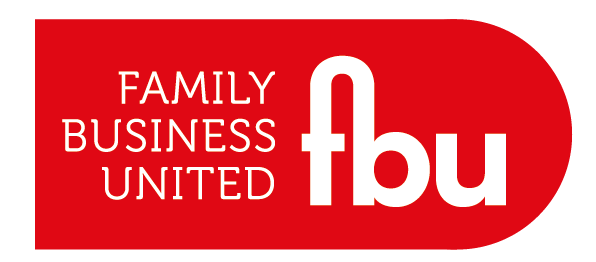Working On The Family Business, Not Just In It
- Paul Andrews - Founder & CEO, Family Business United

- Jun 26
- 3 min read
Updated: Aug 11

In the hustle of day-to-day operations — dealing with suppliers, chasing invoices, managing staff, and keeping customers happy — it's easy for business owners to become consumed by the immediate. For family businesses, this intensity is often amplified. Family members wear multiple hats, blur professional and personal boundaries, and carry the weight of legacy on their shoulders.
But amid the daily grind, one critical question often goes unasked: Are families in business spending enough time working on the business, rather than just in it?
The answer, for many, is no. And the consequences can be quietly damaging — stalling growth, clouding vision, and putting the long-term future at risk.
What Does It Mean to Work On the Business?
Working in the business means managing the operational engine — sales, customer service, logistics, admin, and everything else that keeps the lights on. It’s essential.
Working on the business, however, means stepping back to think strategically about where the company is going, how it’s growing, and whether it’s fit for the future. It includes:
Strategic planning and innovation
Succession and leadership development
Governance and risk management
Brand and culture alignment
Financial modelling and investment decisions
Market positioning and long-term value creation
It’s the difference between running the business and steering it.
Why Family Businesses Get Stuck in the Operational Weeds
1. Strong Emotional Attachment
Family members often feel a deep emotional commitment to “mucking in” — to being visible, hands-on, and present in the thick of things. This ethos, while admirable, can lead to leaders neglecting their strategic role in favour of operational involvement.
2. Multi-Role Culture
In many family businesses, people play overlapping roles: a founder may be both managing director and HR head, a sibling might oversee accounts and operations. With so many responsibilities concentrated among a few individuals, time for reflection and planning is rare.
3. Legacy of Self-Reliance
Many family firms are built on grit and bootstrapping. There can be a lingering belief that strategic thinking is a luxury reserved for larger corporations. In reality, it’s a necessity for any business that wants to remain relevant and competitive.
4. Avoidance of Difficult Conversations
Working on the business often involves tackling complex, sometimes uncomfortable issues — such as succession, shareholder disputes, or letting go of underperforming family employees. It’s easier to stay buried in operational tasks than confront long-term challenges.
The Risks of Neglecting Strategic Thinking
Without time spent working on the business, family firms risk:
Lack of direction: Operating without a clear vision can lead to stagnation or reactive decision-making.
Succession crises: Without planning, leadership transitions become chaotic or divisive.
Missed opportunities: A focus on short-term survival can mean long-term growth areas are overlooked.
Internal conflict: Without strong governance or structure, unresolved tensions can fester.
Erosion of competitive edge: Markets evolve — and if the business doesn’t, it risks being left behind.
Shifting the Mindset: Making Time for Strategy
It doesn’t require stepping away entirely from day-to-day responsibilities, but family businesses must carve out intentional time and space to focus on long-term planning. Here’s how:
1. Schedule Strategic Time
Block out regular time — monthly, quarterly — dedicated purely to working on the business. Treat this time as sacred. Step away from the inbox and phone. Use it to review objectives, performance, trends, and risks.
2. Build Governance Structures
Family councils, boards of directors (with external members), and advisory panels can help keep strategic conversations structured and accountable.
3. Delegate and Empower
Train and trust operational managers (including non-family employees) to run parts of the business. This frees up family leaders to take on their proper role as strategists and stewards.
4. Involve the Next Generation
Younger family members often bring fresh perspectives and tech-savvy insights. Involving them early in strategic discussions can both prepare them for leadership and challenge outdated assumptions.
5. Seek Outside Perspective
Consultants, mentors, or peer networks can help family leaders step back and see the business with fresh eyes. External input also reduces the risk of strategic blind spots.
In the life of a family business, operational excellence is vital — but so is vision. The businesses that thrive across generations are those that find balance: rolling up their sleeves when needed, but also lifting their eyes to the horizon.
Working on the business isn’t a distraction from the “real work”. It is the real work — the kind that ensures your family enterprise doesn’t just survive, but grows, evolves, and endures.
As the old saying goes: “You can’t read the label from inside the bottle.” Sometimes, stepping back is the only way to move forward.








%20copy%20(4)%20copy%20(1)%20copy%20copy%20(1)%20copy%20(1)-Medium-Quality.jpg)



.png)
























